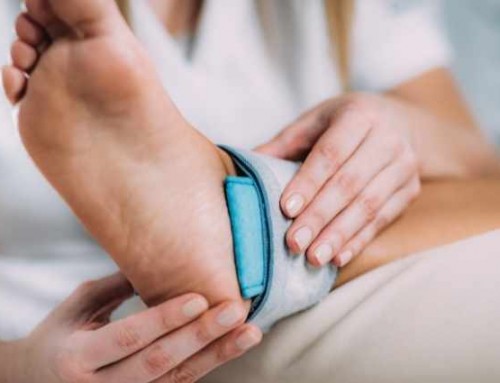Ergonomics is the study of how people interact with their surroundings and take an individual’s physical health into consideration to increase productivity and reduce injuries. With the new trend of remote working, it has increased the chance of injuries if ergonomics is not properly implemented. It is important to identify movement disorders and encouraging safety precautions to workplace and at home. Some common musculoskeletal injuries seen are carpal tunnel syndrome, lower back pain, neck pain, decreased proper posture, and tendonitis. The goal of ergonomics is to match an individual’s physical capabilities with the demands of their job. Understanding and improving ergonomics can be beneficial tool to be mindful of in our everyday lives.
How a physical therapist can help:
A physical therapist is vital to the delivery of occupational health services. A physical therapist can optimize movement to promote activity participation that can increase sustained worker productivity. We can examine, evaluate, and diagnosis movement impairments.
a. To improve the ability to move functionally.
b. To reduce or manage pain, and alleviate disability.
c. To facilitate occupational duties or lifestyle accommodations or process to return to work.
A physical therapist can deliver prevention, intervention, and education strategies to reduce:
d. An individual’s workers’ compensation costs and related time loss
e. Absenteeism and presenteeism
f. Increase overall health and well being
g. Sustainability
h. Increase productivity of the workplace or families.
What an ergonomics assessment entail:
Identifying injury risk factors such as:
a. Injury prone posture
b. Forceful exertions
c. Repetitive motions
d. Contact stresses
e. Vibration
What are some recommendations of ergonomics in our everyday life:
1) Being aware of your posture throughout the day during sitting and standing
2) Improving workplace environment
a. For computers, the top 1/3 of the computer screen should be at your eye level
b. If you are working with two monitors, no more than 10 degrees of neck rotation in either directions
c. Hands should be at or below elbow with your wrist straighten
d. Feet should be supported with thighs parallel to the ground
e. If possible, hands free telephone or microphone
f. If prolonged sitting, stand up and move around every 1-2 hours to reduce stiffness
g. Maintaining neutral body position and proper body mechanics during lifting
References:
1. McMenamin P, Wickstrom R, Blickenstaff C, Bagley J, Johnson C, Jones K, Newquist D, Paddock J. Current concepts in occupational health: Role of Physical Therapists in Occupational Health. Orthop Phys Ther Practice. 2021;33(1):43-48.
2. The Mayo Clinic. Office Ergonomics: Your How-To Guide. Retrieved 9/13/21 at https://www.mayoclinic.org/healthy-lifestyle/adult-health/in-depth/office-ergonomics/art-20046169
Have you been hurt on the job or are you interested in preventing work place injuries? Capital Area PT therapists can help. For additional information, contact our physical therapy clinics in Malta at 518-289-5242, Saratoga Springs at 518-289-5242 , or Queensbury – Glens Falls at 518-289-5242.






